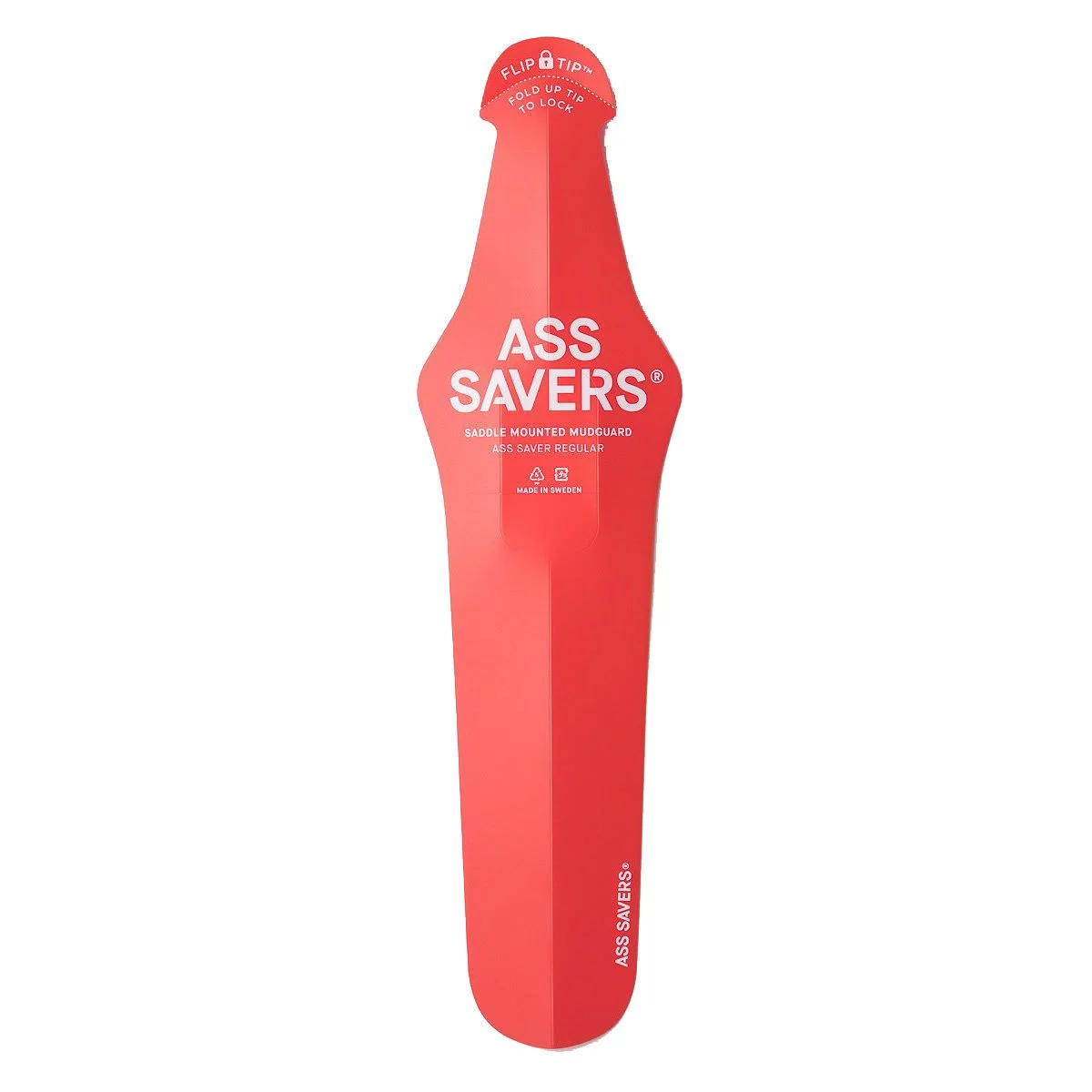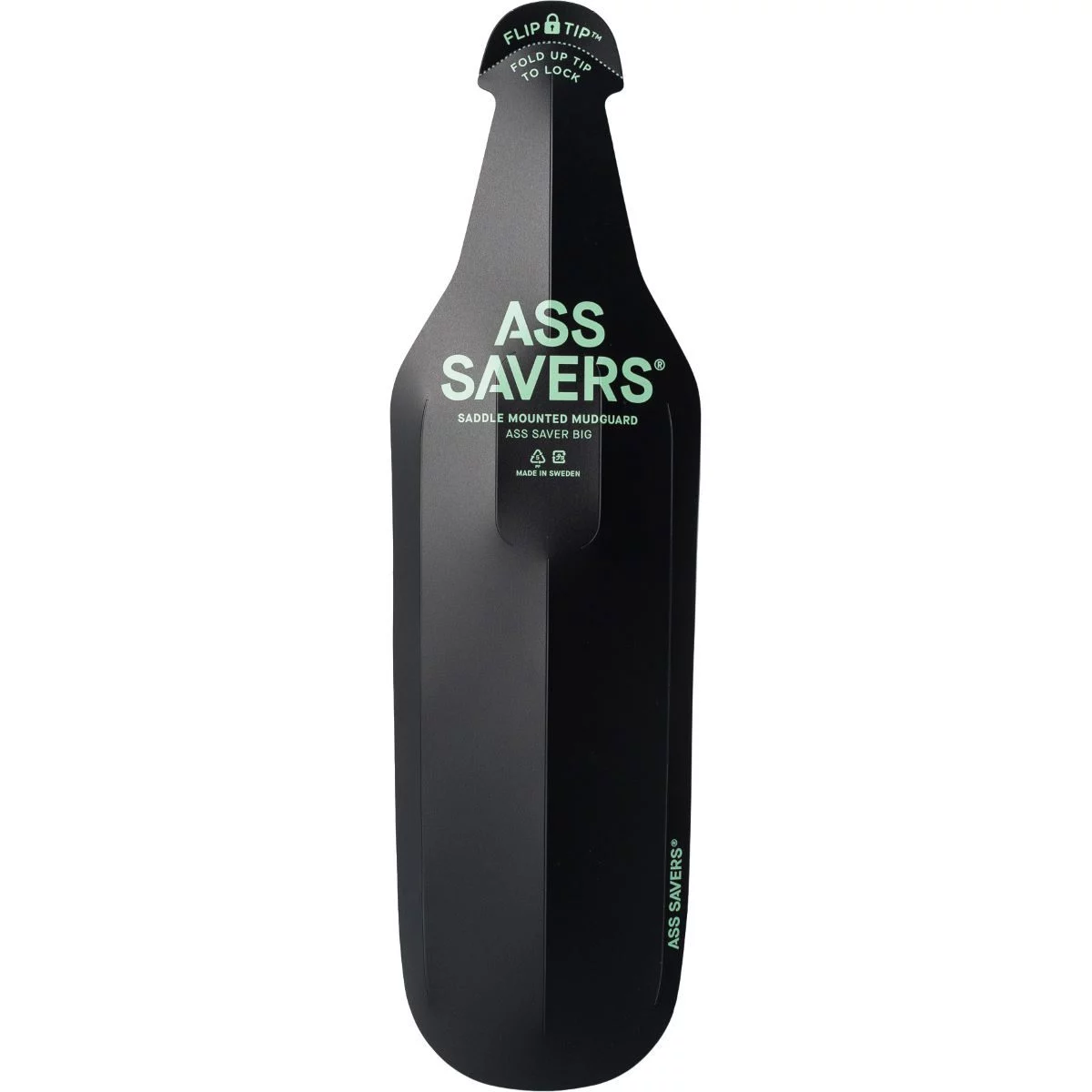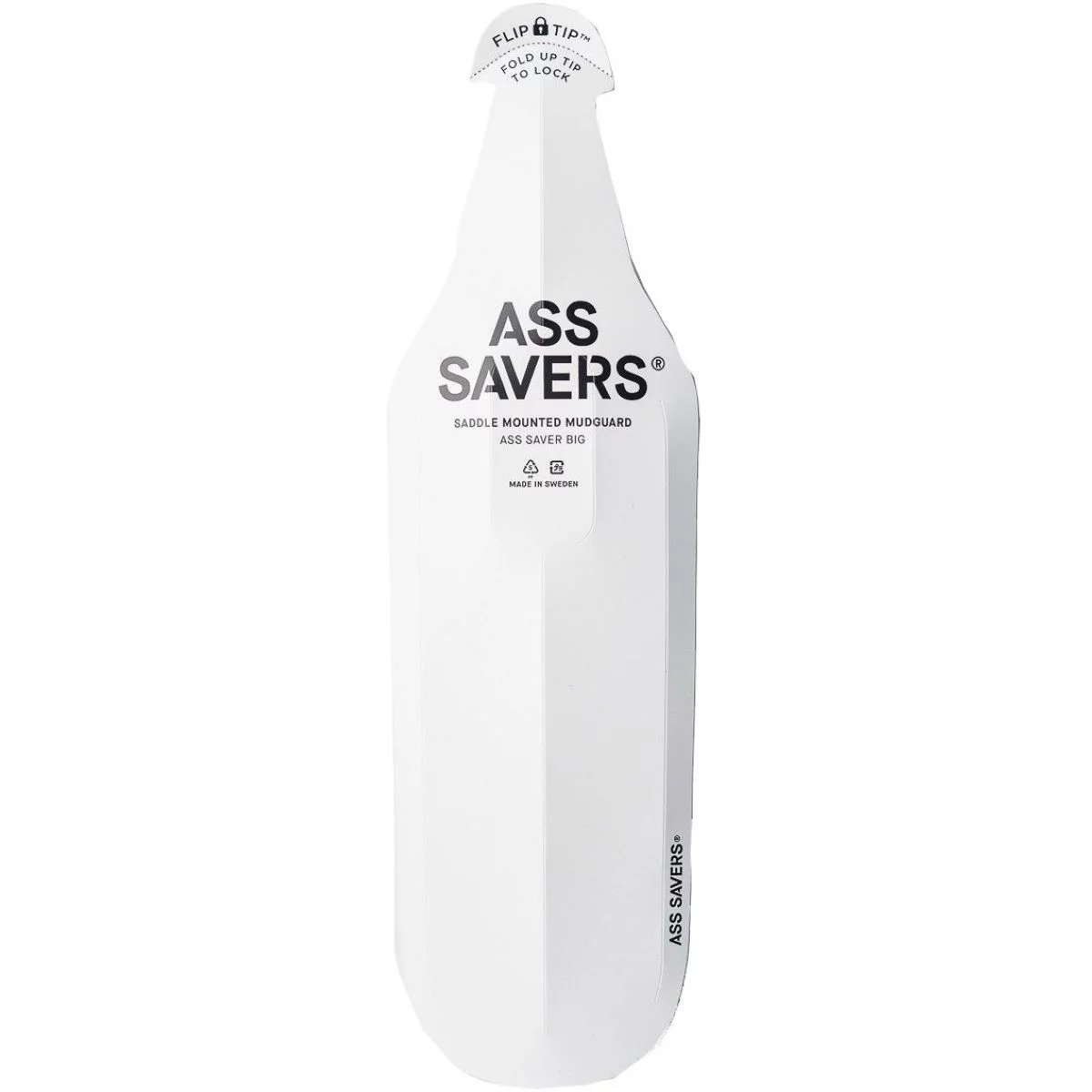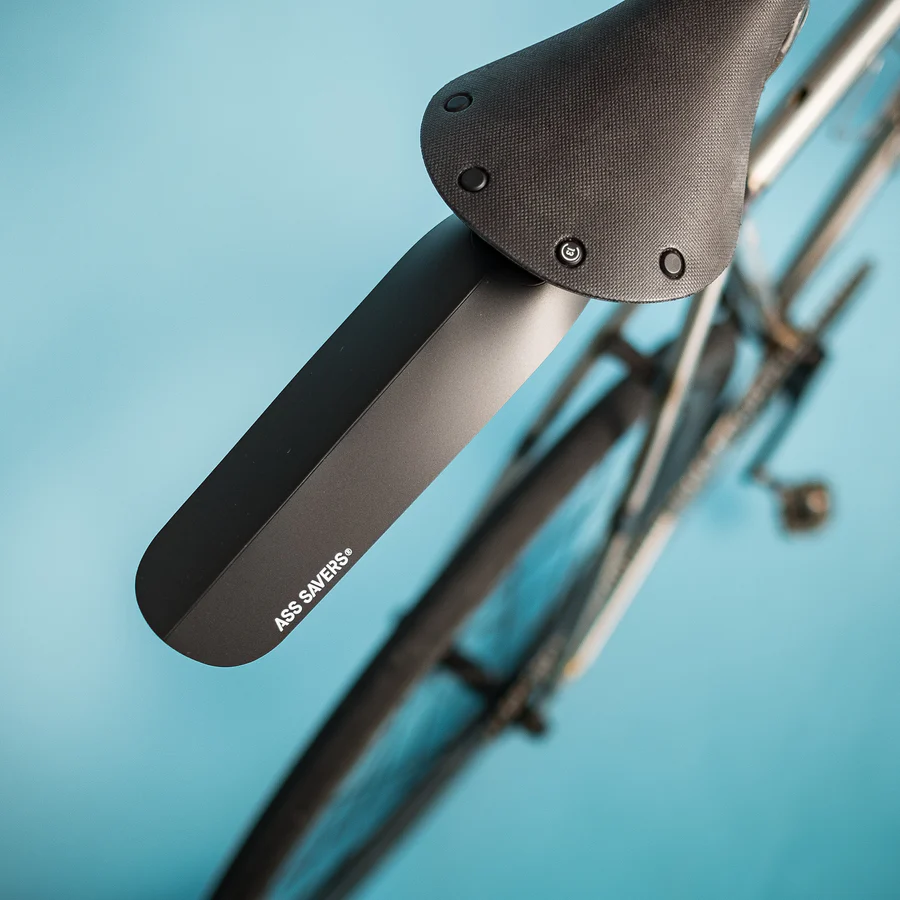Ass Savers are a clever and practical solution for cyclists, especially those who often find themselves riding in wet or muddy conditions. These simple, lightweight mudguards easily attach to a bicycle’s saddle, providing effective protection against splashes from the rear wheel. This keeps the rider’s clothing much cleaner and drier. Their portability is another plus, as they can be quickly detached, folded, and stored in a bag or pocket, making them ideal for commuters who might need to take their bike on public transport.
Table of Contents
ToggleAss Savers are also quite affordable and don’t require any tools for installation, making them an accessible option for cyclists who want to stay clean and dry without the expense and hassle of full mudguards.
1. What are Ass Savers and why are they beneficial for cyclists?
Ass Savers are a type of mudguard that is designed to be easily attached to the saddle of a bicycle. They are lightweight, durable, and extremely effective at preventing mud and water from splashing onto the rider. This is particularly beneficial for cyclists who frequently ride in wet or muddy conditions, as it can help to keep their clothing clean and dry.
Ass Savers are also highly portable, making them an excellent choice for those who need to transport their bike on a regular basis. They can be quickly and easily removed when not in use and can be folded up and stored in a bag or pocket. This makes them a great option for commuters, who may need to carry their bike on public transport.
In addition, Ass Savers are also very affordable. This makes them a cost-effective solution for those who want to protect their clothing from mud and water, but don’t want to invest in a full set of mudguards. They are also easy to install, with no tools required, making them a convenient option for those who are not mechanically inclined.
2. How do you install an Ass Saver on your bike?
Installing an Ass Saver on your bike is a straightforward process that can be completed in just a few minutes. First, you will need to fold the Ass Saver into the correct shape. This can be done by following the instructions provided with the product, or by watching a tutorial video online.
Once the Ass Saver is folded, it can be attached to the saddle of your bike. This is done by sliding the Ass Saver into the rails of the saddle and then securing it in place. The Ass Saver should be positioned so that it extends out behind the saddle, providing a barrier between the rider and any water or mud that is kicked up by the rear wheel.
It’s important to make sure that the Ass Saver is securely attached to the saddle, as it can become dislodged if it is not properly secured. If the Ass Saver is loose, it may not provide effective protection against water and mud.

3. Can Ass Savers be used on any type of bike?
Ass Savers are designed to be compatible with a wide range of bicycles, including road bikes, mountain bikes, and hybrid bikes. They are particularly popular among road cyclists, as they provide effective protection against water and mud without adding significant weight or bulk to the bike.
However, it’s important to note that Ass Savers may not be compatible with all types of saddles. Some saddles, particularly those with a unique design or shape, may not be able to securely hold the Ass Saver. It’s always a good idea to check the compatibility of your saddle before purchasing an Ass Saver.
4. Are Ass Savers effective in heavy rain?
While Ass Savers are highly effective at preventing mud and water from splashing onto the rider, they may not provide complete protection in heavy rain. This is because they are designed to protect against water and mud that is kicked up by the rear wheel, rather than rain that is falling from the sky.
However, even in heavy rain, an Ass Saver can still provide a significant level of protection. By preventing water and mud from being kicked up by the rear wheel, it can help to keep the rider’s lower body dry. This can make a big difference in comfort, particularly on long rides.
5. How do you clean an Ass Saver?
Cleaning an Ass Saver is a simple process that can be completed in just a few minutes. Simply remove the Ass Saver from the saddle, and then rinse it off with warm water. If there is any stubborn dirt or mud, it can be removed with a soft brush or cloth.
Once the Ass Saver is clean, it should be dried thoroughly before being reattached to the saddle. This will help to prevent any water or moisture from being trapped between the Ass Saver and the saddle, which could potentially cause damage over time.

6. Can Ass Savers be used in conjunction with other mudguards?
Yes, Ass Savers can be used in conjunction with other mudguards for additional protection. For example, a front mudguard can be used to prevent water and mud from being kicked up by the front wheel, while the Ass Saver protects against water and mud from the rear wheel.
However, it’s important to note that not all mudguards are compatible with Ass Savers. Some mudguards, particularly those that attach to the saddle, may interfere with the installation of the Ass Saver. It’s always a good idea to check the compatibility of your mudguards before purchasing an Ass Saver.
7. Are there different types of Ass Savers?
Yes, there are several different types of Ass Savers available, each designed for a specific type of cycling. For example, there are Ass Savers designed for road cycling, mountain biking, and commuting. Each type of Ass Saver has a slightly different design, to provide the best possible protection for that particular style of cycling.
In addition to the different types of Ass Savers, there are also different sizes available. This allows cyclists to choose the Ass Saver that best fits their bike and their riding style. For example, a larger Ass Saver may provide better protection for a mountain biker, while a smaller Ass Saver may be more suitable for a road cyclist.
8. How long do Ass Savers last?
The lifespan of an Ass Saver can vary depending on how often it is used, and the conditions in which it is used. However, with proper care and maintenance, an Ass Saver can last for several years.
It’s important to regularly check the Ass Saver for any signs of wear or damage and to replace it if necessary. This will ensure that the Ass Saver continues to provide effective protection against water and mud.

9. Can Ass Savers be recycled?
Yes, most Ass Savers are made from recyclable materials, and can be recycled at the end of their lifespan. This makes them a great choice for environmentally conscious cyclists.
However, it’s important to check the recycling guidelines in your local area, as not all recycling facilities accept the same types of materials. If your local recycling facility does not accept Ass Savers, they can often be returned to the manufacturer for recycling.
10. Where can I buy Ass Savers?
Ass Savers can be purchased from a variety of retailers, both online and in-store. Many bike shops stock Ass Savers, and they can also be ordered directly from the manufacturer’s website. Additionally, they can be found on online marketplaces such as Amazon and eBay.






